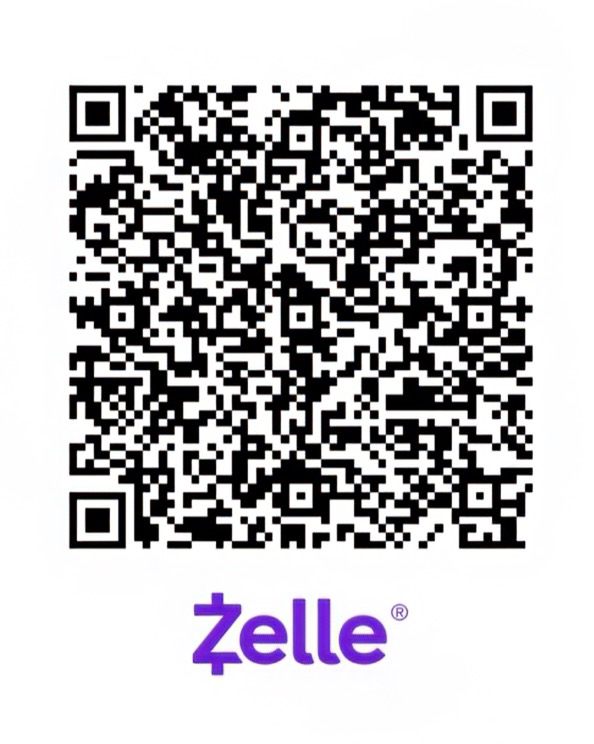Report a Bug
Thanks for your help!
Your feedback has been sent to our team.
- College of Arts & Sciences
- American Sign Language
-
ASL 1010
Elementary American Sign Language I
Rating4.60
Difficulty3.26
GPA3.11
Last TaughtFall 2025
Introduces receptive and expressive American Sign Language skills, including basic vocabulary, sentence structure, classifiers, use of space, non-manual type indicators, and fingerspelling. Examines signing deaf people as a linguistic/cultural minority.
-
ASL 1020
Elementary American Sign Language II
Rating4.42
Difficulty3.05
GPA3.13
Last TaughtSpring 2026
Introduces receptive and expressive American Sign Language skills, including basic vocabulary, sentence structure, classifiers, use of space, non-manual type indicators, and fingerspelling. Examines signing deaf people as a linguistic/cultural minority. Prerequisite: ASL 1010 or successful completion of placement exam.
-
ASL 2010
Intermediate American Sign Language I
Rating3.93
Difficulty2.79
GPA3.16
Last TaughtFall 2025
Continues training in American Sign Language, with focus on more complex sentence types, signs, and idioms. Considers ASL literary forms such as poetry, theater, and storytelling, as well as deaf history and other related topics. Prerequisite: ASL 1020 or successful completion of placement exam.
-
ASL 2020
Intermediate American Sign Language II
Rating3.17
Difficulty2.83
GPA3.19
Last TaughtSpring 2026
Continues training in American Sign Language, with focus on more complex sentence types, signs, and idioms. Considers ASL literary forms such as poetry, theater, and storytelling, as well as deaf history and other related topics. Prerequisite: ASL 2010 or successful completion of placement exam.
-
ASL 3010
Conversational ASL
Rating4.53
Difficulty2.20
GPA3.64
Last TaughtFall 2025
Continues language and cultural instruction with emphasis on everyday conversation. Topics include common idioms and slang, explaining rules, discussing finances and major decisions, and storytelling techniques such as role-shifting and narrative structure. Students will be required to interact with deaf signers. Prerequisite: ASL 2020 or successful completion of placement interview.
-
ASL 3015
Language House Conversation in ASL
Rating—
Difficulty—
GPA—
Last TaughtSpring 2026
The ASL language course related to residency in the Shea Language House at UVA for students who have applied to and been accepted into the ASL Language Pod in the Shea House dormitory. Student residents will further develop their ASL language skills and understanding of Deaf culture through conversations among their peers in their dorm setting, weekly dinner meetings, and other arranged activities.
-
ASL 3020
ASL Narratives
Rating—
Difficulty—
GPA—
Last TaughtSpring 2026
In many ways, this course is intended to serve as a way to continue to develop and refine ASL language awareness and effectiveness. It is both a continuation of ASL 1010 through 2020, and (as its title implies) emphasizes on the development and inclusion of extended and/or complex narratives and their elements with a focus on improving communication fluency through the incorporation and refinement of ASL depiction. This is course also serves as an elective for the Minor in ASL and Deaf Culture.
-
ASL 3081
History of the American Deaf Community
Rating3.17
Difficulty3.25
GPA3.11
Last TaughtFall 2024
This new course will examine the history of deaf people in the United States over the last three centuries, with particular attention to the emergence and evolution of a community of Deaf people who share a distinct sign language and culture. We will read both primary texts from specific periods and secondary sources. We will also view a few historical films. Prerequisite: none (thought a previous class in History or ASL is recommended)
-
ASL 3400
Deafness in Literature and Film
Rating—
Difficulty—
GPA3.36
Last TaughtFall 2025
This course will study the contradictory and telling ways that deaf people have been depicted over the last three centuries in addressing the question: What does deafness signify, especially in a western society that is centered upon speech? Our approach will be contrapuntal, juxtaposing canonical texts and mainstream films with relatively unknown works by deaf artists.
-
ASL 3410
Contemporary Disability Theory
Rating—
Difficulty—
GPA2.94
Last TaughtSpring 2025
This seminar offers an interdisciplinary approach to disability in the social, cultural, political, artistic, ethical, and medical spheres and their intersections. It also introduces students to critical theory concerned with the rights of the disabled.
Recently Viewed
No course sections viewed yet.

